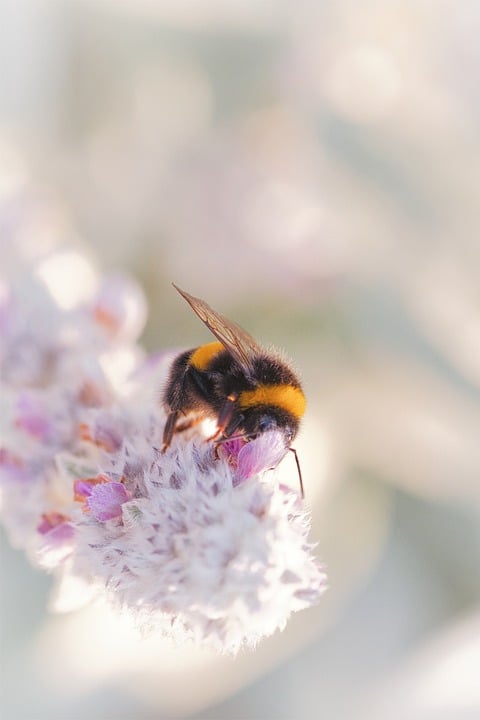[ad_1]
In a rapidly globalizing world where different cultures are becoming increasingly interconnected, it is essential to understand the nuances of cultural similarities and differences through cross-cultural comparisons. This article will delve into the intricate web of cultural connections, exploring historical contexts, current states, and future predictions in an effort to shed light on the richness and diversity of human expression and experience. By examining how cultures interact and influence one another, we can gain a deeper appreciation for the tapestry of human civilization that spans the globe.
Historical Context
Cultural connections have existed since the dawn of human history, as civilizations traded goods, ideas, and customs across vast distances. From the Silk Road linking China to the Mediterranean, to the spread of religions like Buddhism and Christianity, cultural exchanges have shaped the development of societies and shaped the course of history. The rise and fall of empires, the spread of colonialism, and the advent of globalization have all played a role in shaping the cultural landscape we see today.
– The Silk Road: An ancient network of trade routes that connected the East and West, facilitating the exchange of goods and ideas between cultures.
– Colonialism: The imposition of European culture on colonized peoples, leading to the blending of traditions and the creation of new cultural identities.
– Globalization: The interconnectedness of the world through technology and trade, leading to a fusion of cultures and the emergence of a global culture.
Current State
In today’s world, cultural connections are more evident than ever before, as technology allows for instant communication and travel enables people to explore diverse cultures firsthand. Through social media, music, art, and cuisine, people from different parts of the world can interact and share their unique perspectives, creating a global melting pot of ideas and experiences. However, this interconnectedness also brings challenges, as cultural differences can lead to misunderstandings and conflict.
– Social Media: Platforms like Facebook, Twitter, and Instagram allow people to connect with others from around the world, sharing their culture and experiences.
– Music and Art: Artists and musicians draw inspiration from diverse cultures, creating new forms of expression that bridge cultural divides.
– Cuisine: Food is a powerful cultural marker, reflecting the history and traditions of a particular region and bringing people together through shared meals.
Future Predictions
As we look to the future, it is clear that cultural connections will continue to evolve and shape our world in new and exciting ways. With advancements in technology, the barriers between cultures will continue to break down, allowing for even greater intercultural exchange and collaboration. However, it is also important to recognize the importance of preserving and celebrating cultural diversity, as each culture brings a unique perspective to the global conversation.
– Technology: Virtual reality and augmented reality will allow people to immerse themselves in different cultures, experiencing firsthand the sights and sounds of distant lands.
– Sustainability: As we grapple with environmental challenges, cultural connections will play a key role in finding solutions that respect and preserve the natural world.
– Education: Schools and universities will increasingly focus on teaching students about the importance of cultural connections, fostering a sense of global citizenship and empathy for others.
Conclusion
In conclusion, cultural connections are a vital aspect of our shared human experience, enriching our lives and broadening our perspectives. By embracing cultural similarities and differences through cross-cultural comparisons, we can build bridges of understanding and empathy that transcend borders and bring us closer together as a global community. As we navigate the complexities of a rapidly changing world, let us remember the power of cultural connections to unite us in our common humanity. Thank you for engaging with this article, and we encourage you to explore further resources for a deeper dive into the world of cultural connections.
[ad_2]
